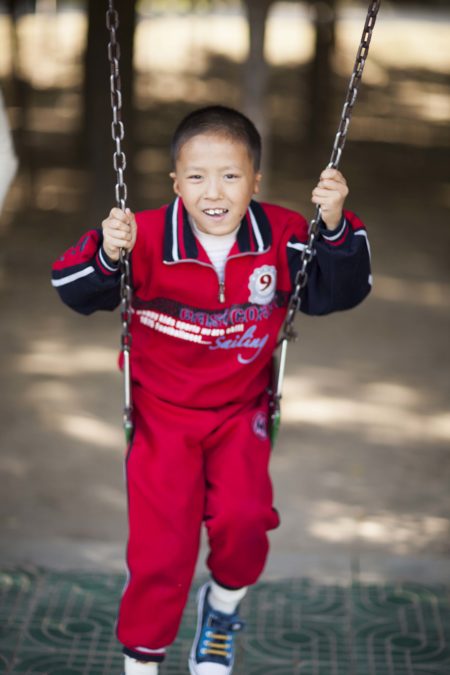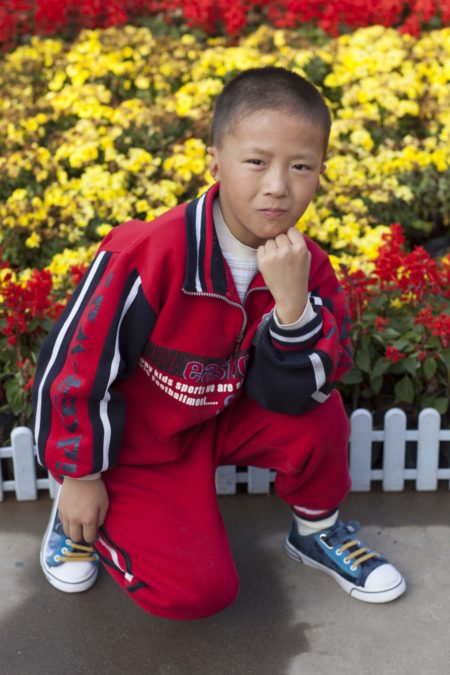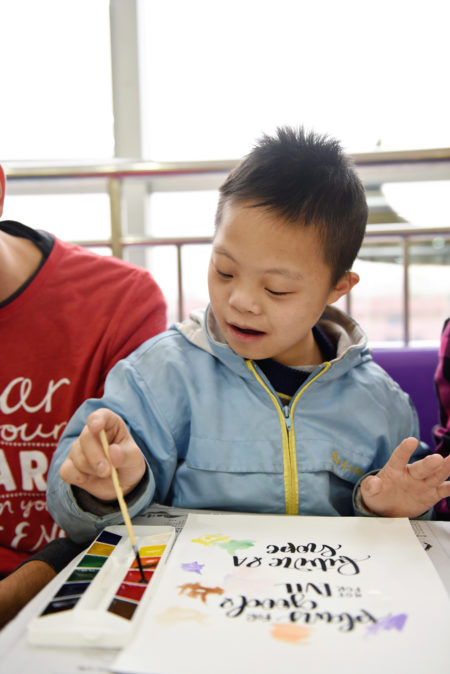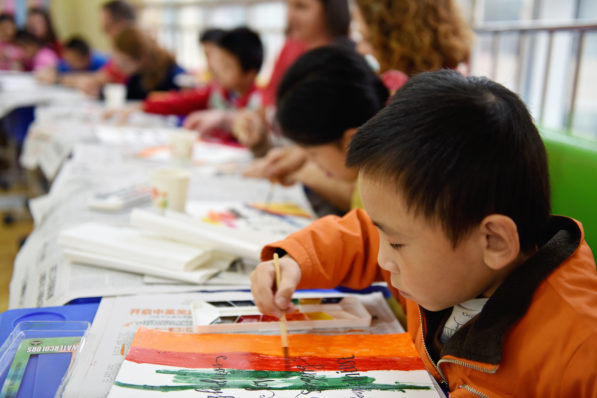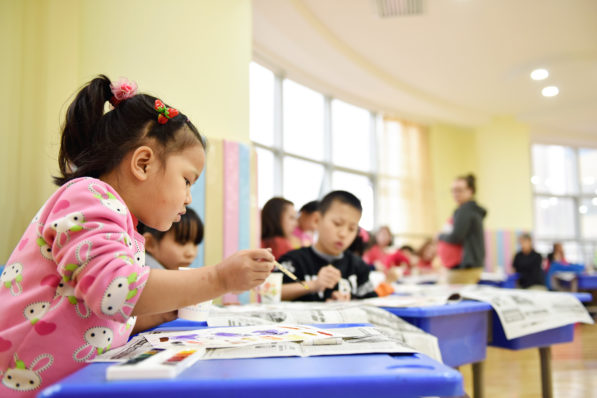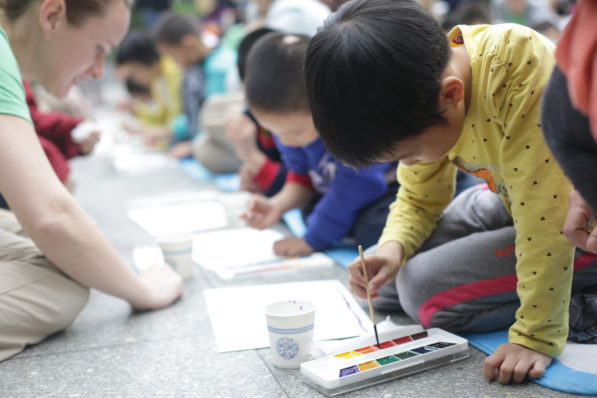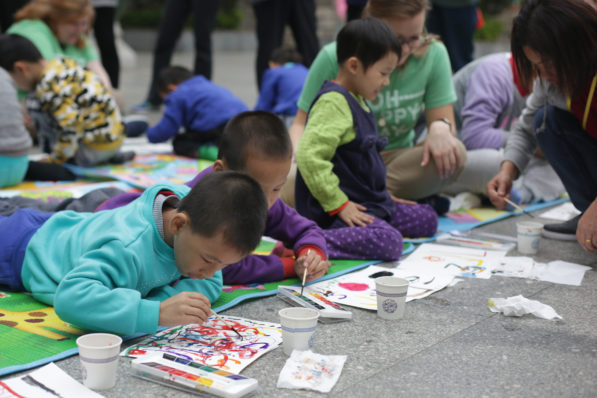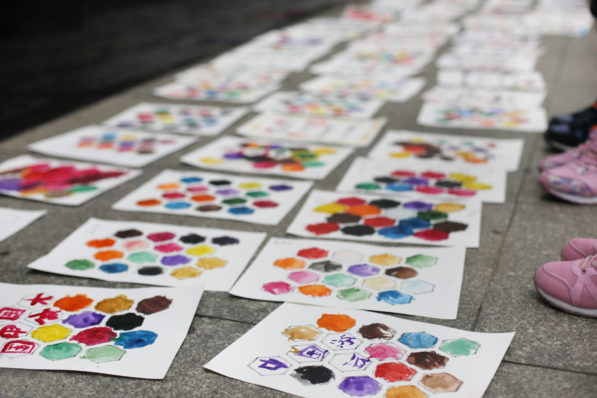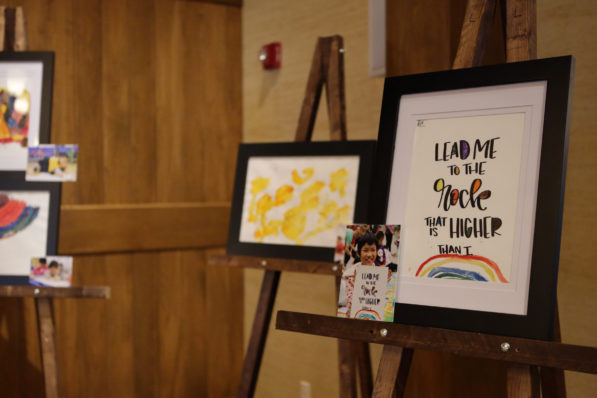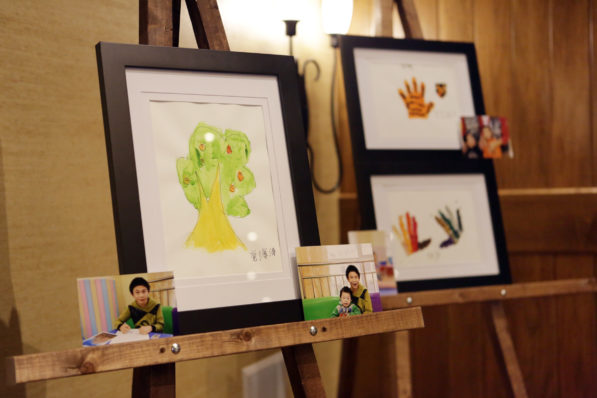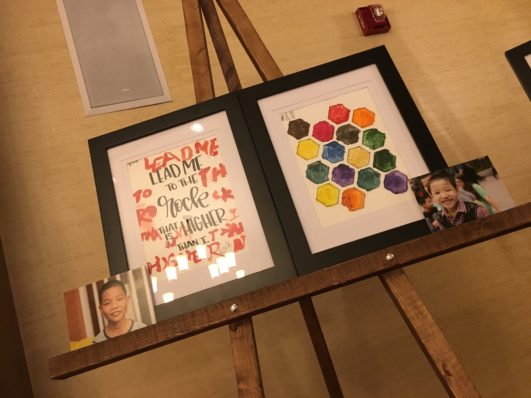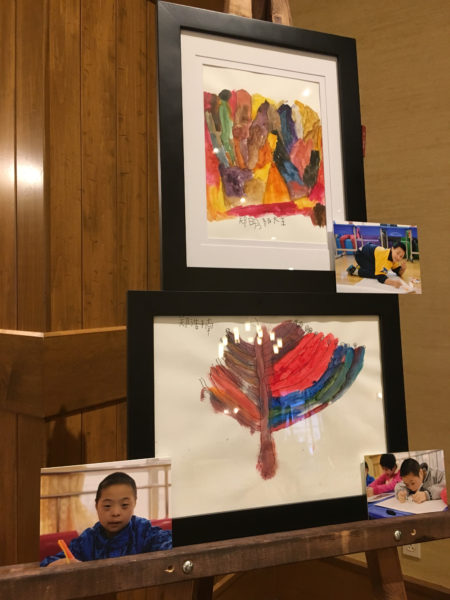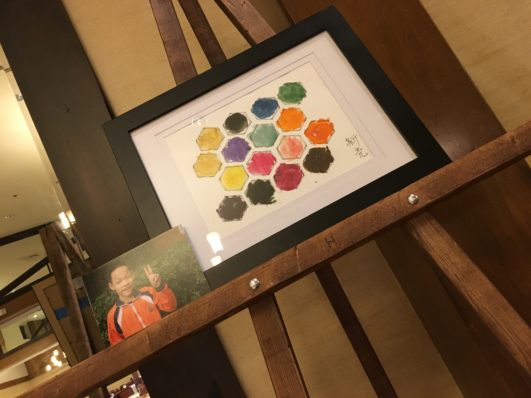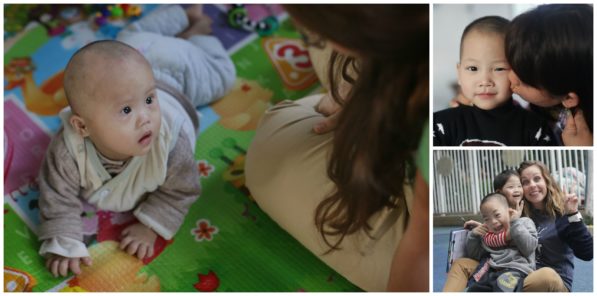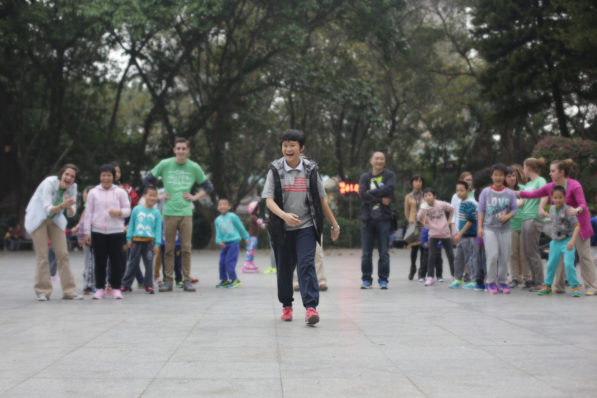It was nearly a year ago when I first met her. She was one of the smallest babies there. While she wasn’t demanding, she captivated our attention. She had big round cheeks and kicked her feet when we spoke to her. But, we knew something was wrong. She was yellow. Everything about her was yellow. And, when we held her, the ayis pointed it out. They’d point to their own cheeks and then shake their heads, point to their own eyes and frown.
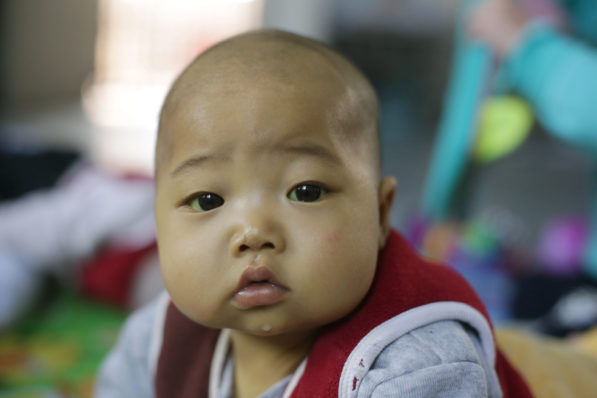
Her liver was broken. That’s what they told me. While I don’t know anything about that, I knew it was serious. She needs a new one to live, they told me, and she won’t get one. The ayis in her room seemed to accept it. I guess they learn to accept a lot of things. They have to. They can only do the job they are told to do. They care for babies—until they are placed in a foster home, until they are adopted, until they get too big and move to another room and into a coworker’s care, or until they die. That’s what they do everyday. They don’t make decisions or set policy or change systems. For this baby with chubby cheeks and fiesty kicks, they assumed they’d feed her and change her and hold her until one day, her body would all be broken and she would die.
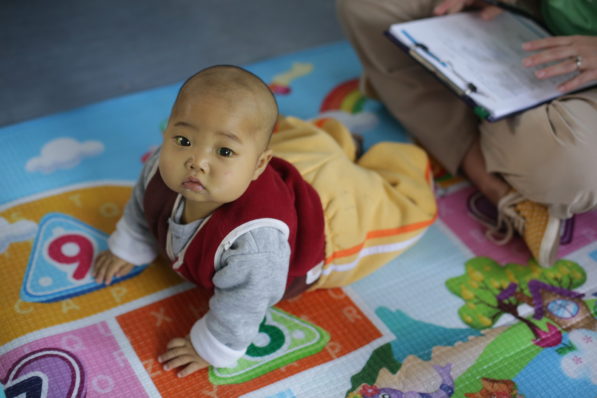
I talked to the ones who do make decisions. Can something be done? Can she be transferred somewhere else? What if money could be provided for the surgery she needs? No. No. No. They weren’t mean about it. I could hear the regret through the language foreign to me and the way they shook their heads and sighed. They wished they could do more, but it was impossible. Even if there was a place that would take her, even if there was money to pay for it, there was no liver to give her. No one in China would donate their child’s liver to save an orphan baby.
When we left that place, I rubbed her back and touched her head. And, I accepted it too. The world is a broken place, and she’s a living example of the brokenness.
It was months later when I received a photo via WeChat. Despite the tubes and tape, I knew it was her. It made no sense, but I knew it was her.
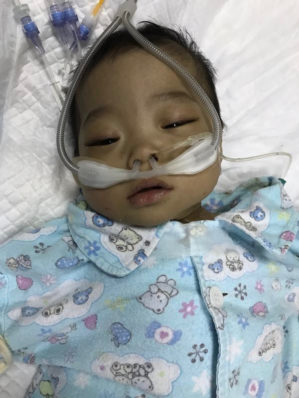
Few words were shared. Only that she had traveled all the way to Shanghai, that she had received a new liver, and that she was in intensive care but would recover. How the decision was made, how it was arranged, how it was paid for, how her life was spared, I have no idea. Somehow, the impossible was made possible.
About a month later, another picture arrived. This time words came with it: Vitals are normal. Yesterday afternoon, was transferred to the general ward.
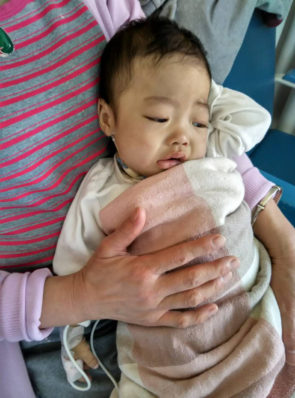
Two weeks later, a new picture arrived, this time with the words: She was discharged. It was taken on the same day.
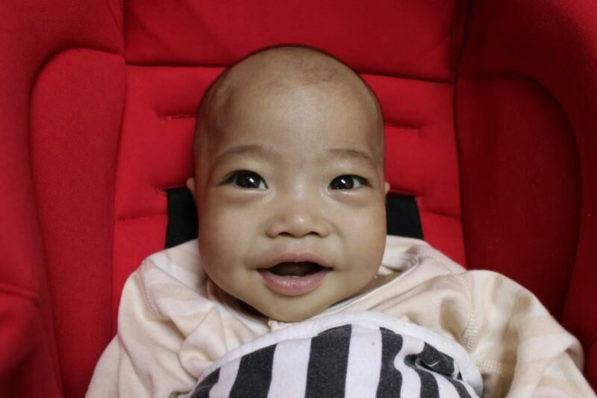
She hasn’t returned to the orphanage yet. She’s in a home for babies recovering from surgeries. There she’s monitored for any signs of rejection, and she goes to the hospital once a week for more detailed examination. She’s well cared for and getting what she needs.
When we go to China, we fly into Beijing. But, this time, we took a little detour.
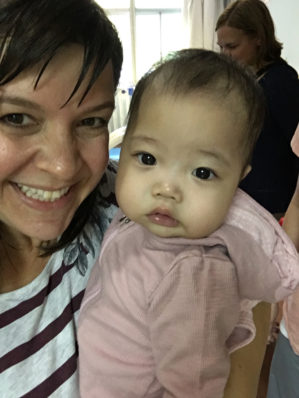
We will never know how it happened, but we can testify that it did happen. Somehow the decision makers moved from acceptance to discontentment and to action to share her need for a new life. Somewhere a child died and that child’s parents decided to give life to a child who had no future, no hope. Somehow she traveled 900 miles to receive that new life through a surgery that someone unknown paid for.
I am one who asks a lot of questions and works hard to get answers. I want to know all the hows and whys to things. But, not today. Even if I could ask all the questions I have, I do not think there are answers that could fully explain her story. How it all happened, I don’t know. One thing I do know, she was dying, and now she will live. That’s a mystery I’m glad to accept.
